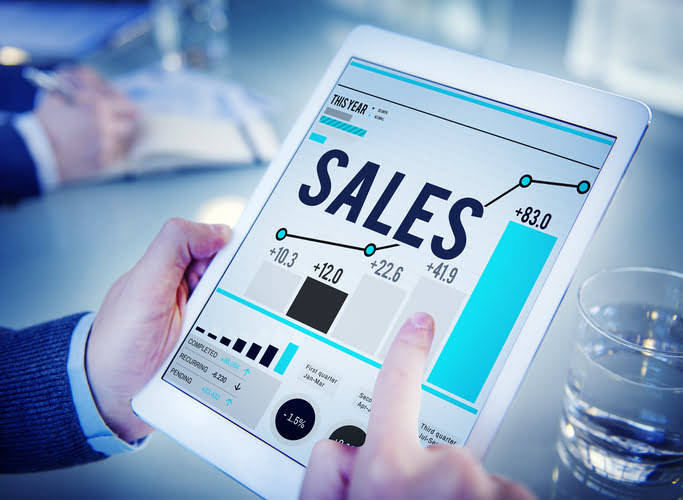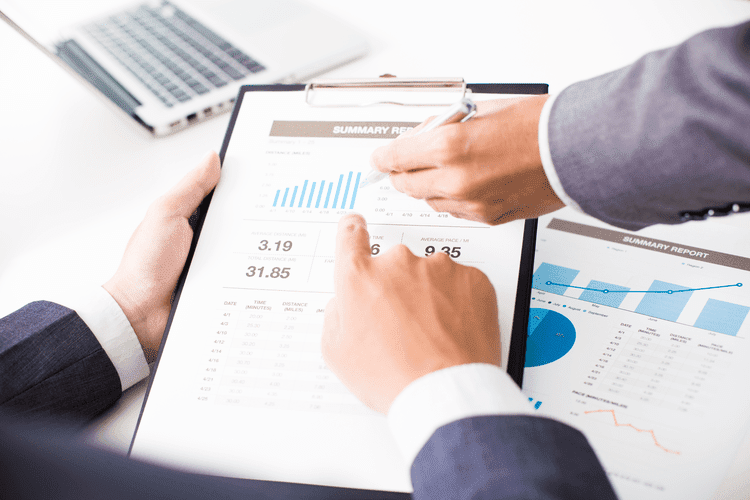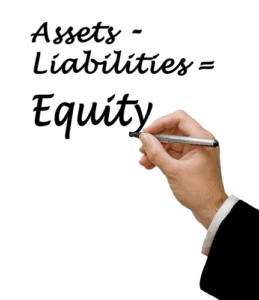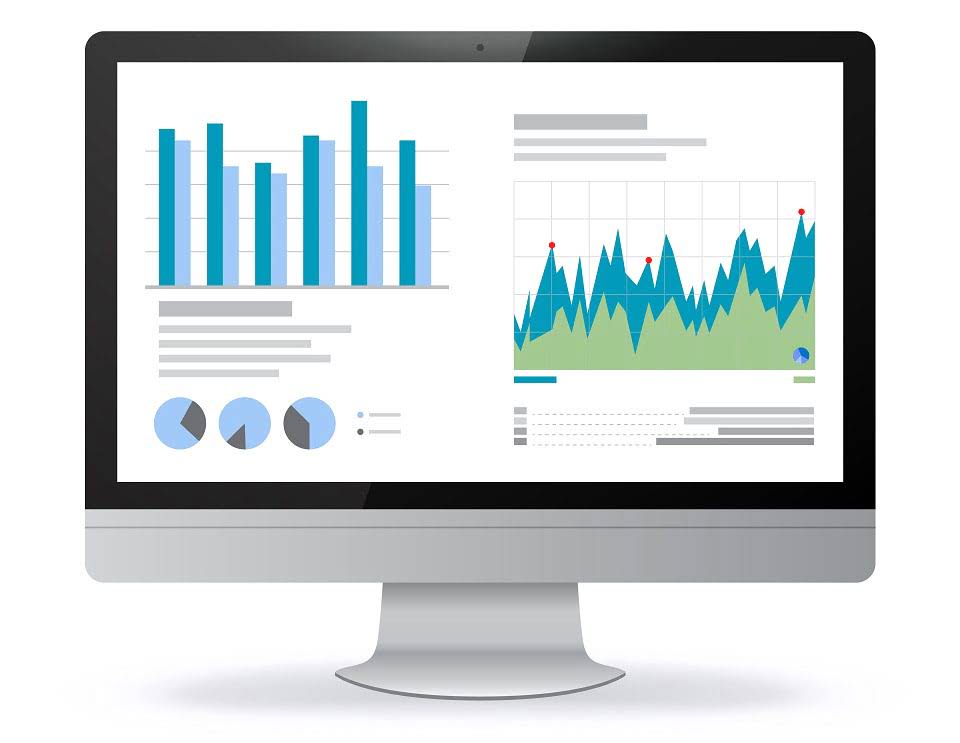
When what are liabilities in accounting a company purchases goods or services from a supplier on credit, the amount owed is recorded in the accounts payable liability account. The supplier’s invoice will typically include details such as the amount owed, payment terms, and due date. The company must pay the invoice by the due date to avoid any late payment penalties. Long-term liabilities are debts that take longer than a year to repay, including deferred current liabilities.
What is an Example of a Liability?
When combined, the liability account and contra liability account result in a reduced total balance. Record noncurrent or long-term liabilities after your short-term liabilities. Essentially, mortgage payable is long-term financing used to purchase property. Because accounting periods do not always line up with an expense period, many businesses incur expenses but don’t actually pay them until the next period.
Current Liabilities
- A larger company likely incurs a wider variety of debts while a smaller business has fewer liabilities.
- A higher debt-to-equity ratio indicates that a company relies more on debt financing, while a lower ratio shows a greater reliance on equity.
- For example, IFRS 16 requires companies to recognize lease liabilities on the balance sheet, which can substantially alter reported figures for businesses with significant lease agreements.
- For example, a mortgage payable impacts both the financing and investing sections of the cash flow statement.
- They allow companies to borrow money to finance their operations and investments.
These liabilities provide an overall view of a company’s financial commitments. The balances in liability accounts are nearly always credit balances and will be reported on the balance sheet as either current liabilities or noncurrent (or long-term) liabilities. One type of liability account that is important to note is dividends payable. Dividends are payments made to shareholders as a reward for investing in the company. Dividends payable is a liability account that represents the amount of dividends that the company owes to its shareholders.

The Role of Liabilities in Financial Strategy and Risk Management
When a company deposits cash with a bank, the bank records a liability on its balance sheet, representing the obligation to repay the depositor, usually on demand. Simultaneously, in accordance with the double-entry principle, the bank records the cash, itself, as an asset. The company, on the other hand, upon depositing the cash with the bank, records a decrease in its cash and a corresponding increase in its bank deposits (an asset). In financial accounting, a liability is a quantity of value that a financial entity owes.

What is a Liability Account?
Effective management strategies include minimizing debt, optimizing retained earnings cash flow, and maintaining a strong balance sheet to ensure the ability to meet obligations as they come due. Current liabilities can include things like accounts payable, accrued expenses and unearned revenue. Long-term liabilities include areas such as bonds payable, notes payable and capital leases. Contingent liabilities are liabilities that could happen but aren’t guaranteed. In business, liabilities are any debts, outstanding payments, loans, mortgages, accounts payable, or anything else your business owes to a bank, suppliers, or another company.
- Get free guides, articles, tools and calculators to help you navigate the financial side of your business with ease.
- Liabilities, on the other hand, are a representation of amounts owed to other parties.
- Accounting for liability accounts requires a thorough understanding of accounting principles and financial modeling techniques.
- Long-term, or non-current, liabilities extend beyond this time frame.
- Typically, vendors provide terms of 15, 30, or 45 days for a customer to pay.

This account is created when the company declares dividends but has not yet paid them out. Keeping track of accounts payable is essential to ensure that a company maintains good relationships with its suppliers. It is also crucial to ensure that the company has enough cash flow to pay its suppliers on time. Properly managing a company’s liabilities is vital for maintaining solvency and avoiding financial crises. These are the periodic payments made by a lessee (the business) to a lessor (property owner) for the right to use an asset, such as property, plant or equipment.

It is essential AI in Accounting for businesses to manage their liabilities effectively and efficiently. Proactively addressing potential issues and maintaining open communication with regulators and stakeholders can help minimize the negative consequences of legal or regulatory obligations. For example, companies may choose to invest in insurance policies to mitigate risks related to product recalls or workplace accidents. Expenses are costs incurred in the process of generating revenue, while liabilities are obligations that require future payment.
